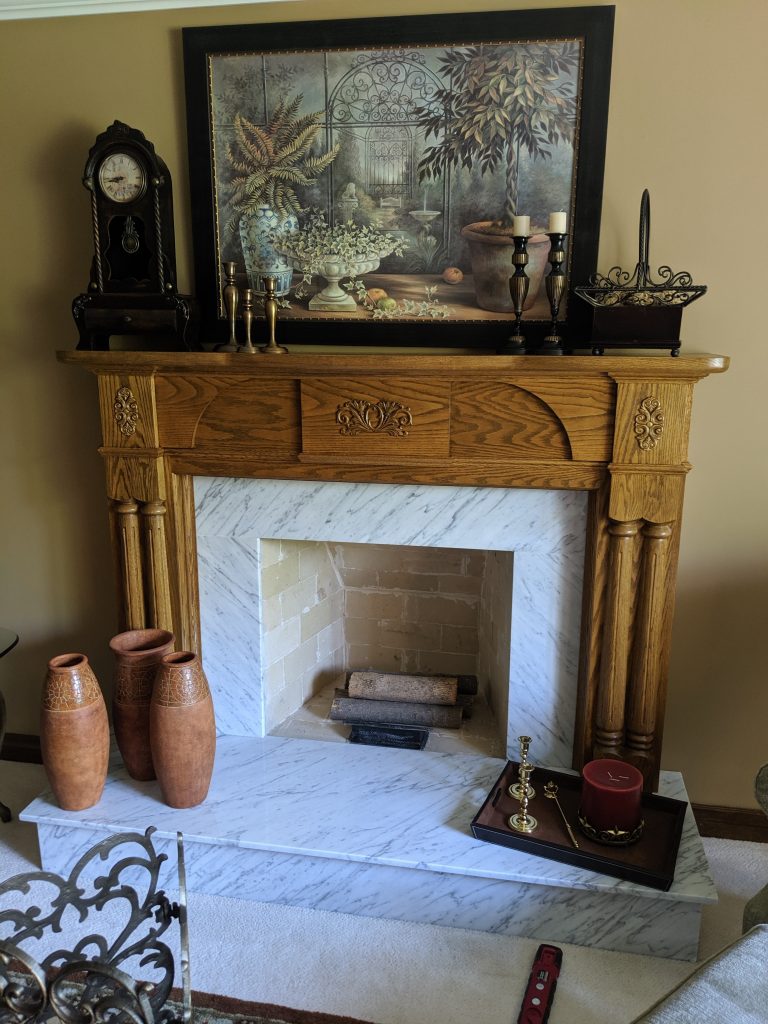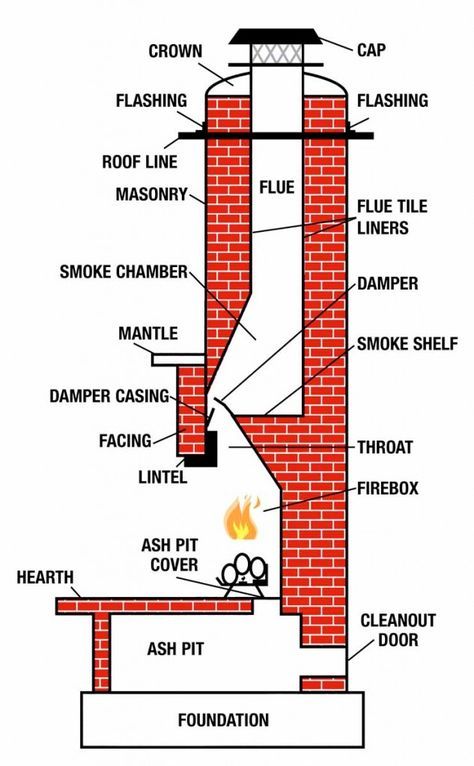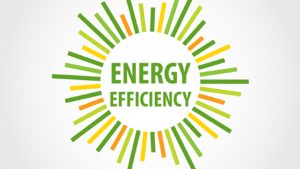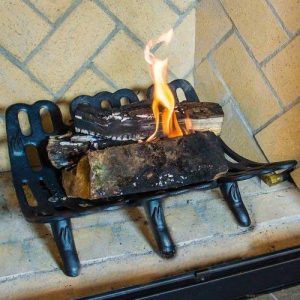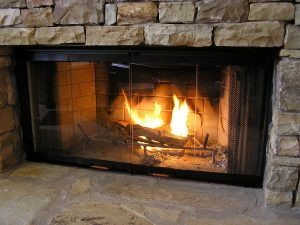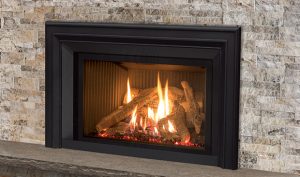How to make a masonry fireplace energy efficient
Although newer masonry fireplace models have come a long way since the days when they provided more ambiance than heat and are more energy efficient than they used to be, the fact remains that an open masonry fireplace is hands down the least efficient wood burning fireplace out there.
Despite their popularity, one setback of traditional fireplace construction is that approximately 90 percent of the heat from burning wood goes right up the chimney. Masonry fireplaces have actually been proven to be a heat loss since heated air is allowed to escape out the chimney. A damper can help partially solve this problem however the damper must remain open all night while you sleep so even as the wood burning fire dies down, warm air will still escape the chimney throughout the night. Masonry fireplaces can be made more energy efficient by following these simple steps:
Close your room doors
When burning a fire, shut the doors to the room where the fireplace is located. Doing so keeps that room heated and prevents a roaring fire from drawing warm air out of the rest of your house (and replacing it with cold outdoor air). Also crack open one nearby window to give the fire just enough air to burn.
Buy a great fireplace grate
Fireplace grates differ greatly in structure and style. Ensure that yours either holds logs in a manner that maximizes heat flow to your room or has C-shaped parallel tubes that point toward the room, thereby recycling warmed air back into the room.
Enclose the fireplace
Many metal-and-glass fireplace enclosures come with a fan that circulates heated air into the adjoining room. Even models without this feature save you energy by keeping cool outside air where it belongs—not in your home—when your fireplace is not in use.
Put a damper on it
The easiest way to prevent cold air from entering your home when your fireplace is idle is to close your damper. This can save you up to 15 percent of your total energy bill.
Seal it up
Applying caulk manufactured for use around the hearth and firebox is another simple, inexpensive way to keep cool air out and warm air in.
Upgrade to gas
If you are not satisfied with your current wood-burning fireplace, you could consider converting your existing fireplace into a gas burner. These prefabricated inserts with their faux logs can save you money because they allow you to control the heat and eliminate firewood expenses, and they also burn more steadily than traditional hearths.
Consider other options
Other energy-efficient alternatives to the traditional fireplace include wood burning stoves.
Wood stoves may or may not provide you with energy savings, depending on where you live and whether you have a cheap and abundant supply of firewood.

